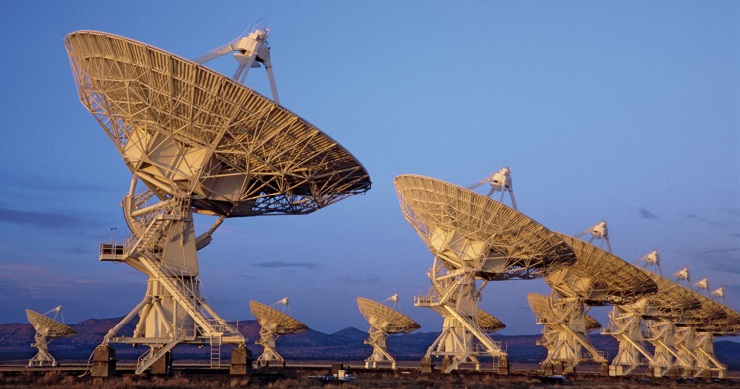During the 1930s, engineer Karl Jansky was the first person to discover radio radiation coming from interstellar space, and Grote Reber built the world’s first dedicated radio telescope in his yard.
After the war, the field expanded, and major discoveries starting occurring. Interstellar molecules, quasars and pulsars were all discovered by radio telescopes.
A radio antenna discovered the cosmic microwave background that boosted the Big Bang Theory. Furthermore, asteroids and planets in our own solar system can be spotted by bouncing radio waves off their surfaces.
And if contact is made with intelligent life elsewhere in the Universe, it will most likely be done by radio waves.
Key Takeaways:
- In 1937, Grote Reber built the world’s first dedicated radio telescope in his yard.
- Radio telescopes have helped discover pulsars, interstellar molecules, and the cosmic microwave background behind the Big Band Theory.
- In the search for extraterrestrial intelligence, radio is seen as the most likely way to make contact.
“When astronomers talk about radio waves from space, they aren’t (necessarily) referring to alien broadcasts.”
Read more: https://earthmysterynews.com/2021/09/01/how-radio-astronomy-put-new-eyes-on-the-cosmos/
References:
- Earth Mystery News (Website)
- MITbloggers (YouTube Channel)


Leave a Reply